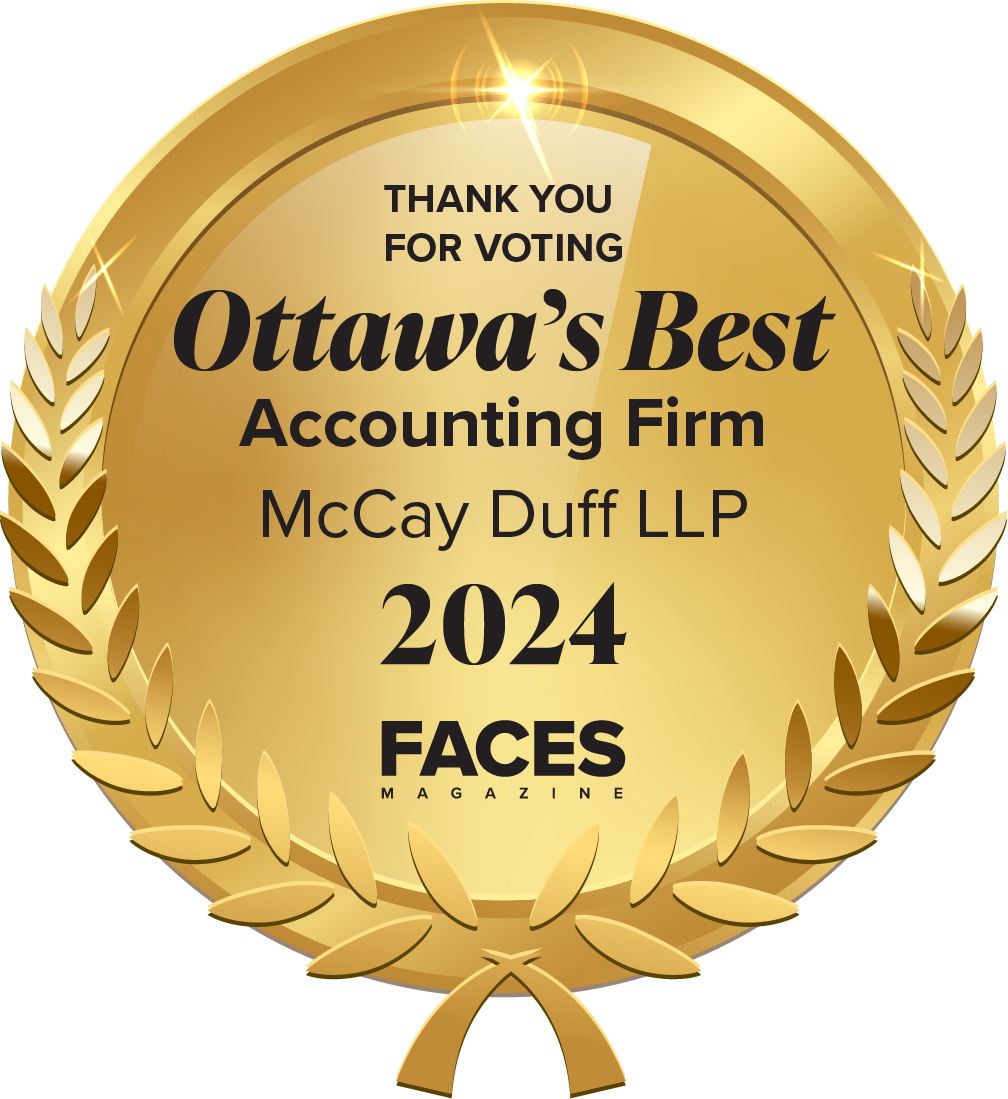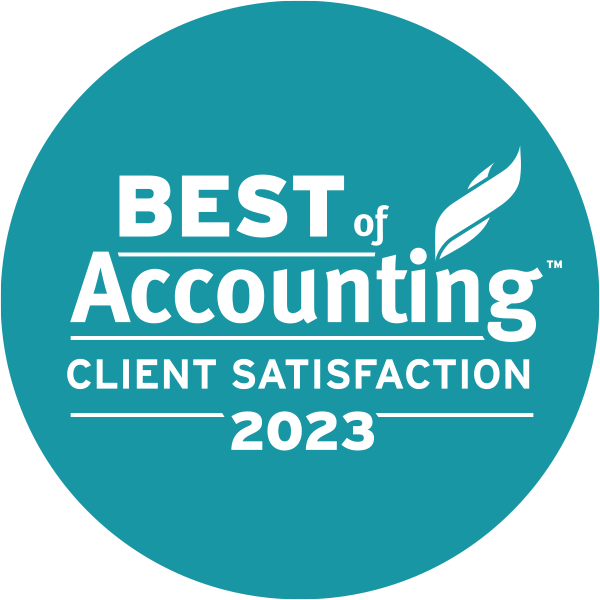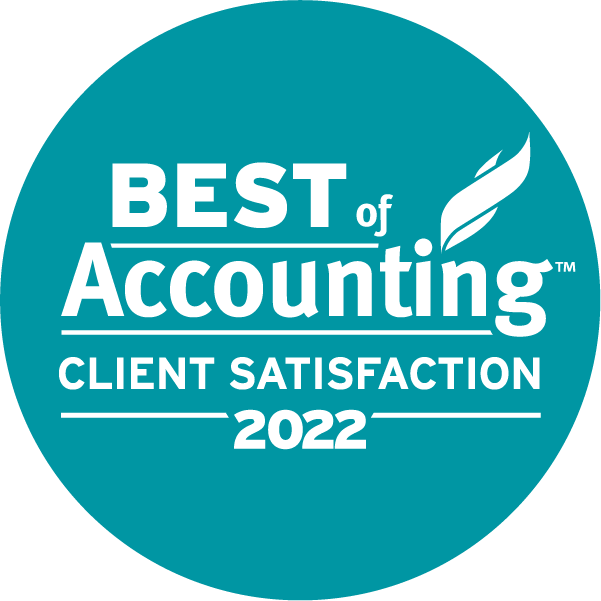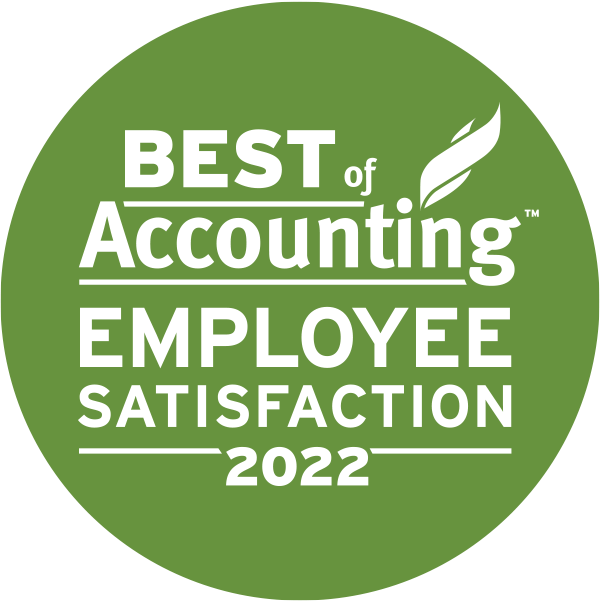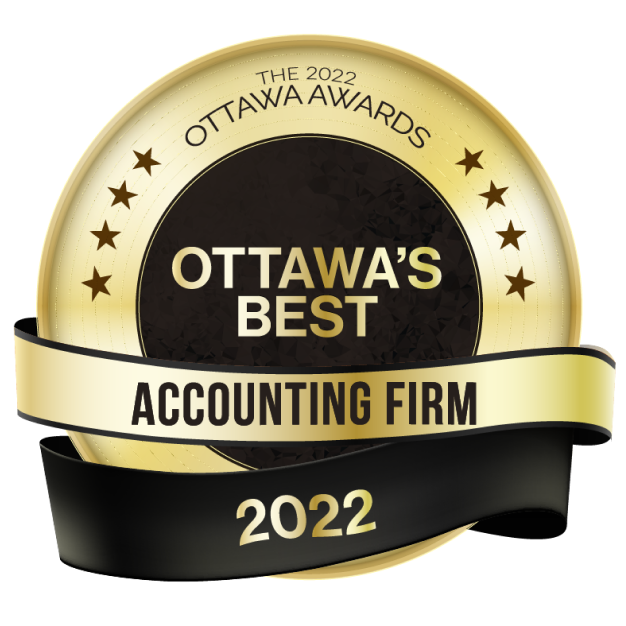As a small business owner, you know your business can grow and outlive you. What started with $10,000 can grow to become $1 million in the future. Then comes the time to retire and pass on the business to the next generation or sell it for a good value. Even if you don’t want to sell your business but pass it to the next generation during your lifetime or on death, the transfer is considered a sale and is subject to capital gain tax.
For times like these, the Canada Revenue Agency (CRA) offers a lifetime capital gains exemption (LCGE) indexed for inflation every year. For 2023 the LCGE is $971,190. The LCGE might look attractive, but it has specific requirements which are difficult to meet unless planned. The concept of crystallization allows you to avail yourself of this exemption with proper planning and cautious effort.
This article will explain the problems that arise while claiming LCGE and how crystallization can help you overcome them.
Does Your Small Business Qualify For Capital Gains Exemption?
The CRA taxes 50% of the capital gain you earn by selling any asset for a profit. This 50% gain gets added to your taxable income and is taxed as per your tax bracket for that year. Some business owners can exempt themselves from this capital gain tax if they sell a qualified small business corporation (QSBC).
For instance, Mary sells her business, which she started with $10,000, for $980,000. Her capital gain is $970,000. If she doesn’t qualify for LCGE, she has to add $485,000 to her taxable income, which will incur a tax bill of $120,135 at a marginal tax rate of 24.77%. If her business is QSBC, she can use LCGE and pay no tax, bringing significant tax savings.
A business to be called a QSBC should meet three criteria:
- 90% of your company’s assets should be used for active business at the time of sale.
- 50% of your company’s assets should be used for active business 24 months before the sale.
- The owner must hold the shares for at least 24 months before the sale date.
Problems in Qualifying Small Business For LCGE
Business is dynamic. You cannot be sure to meet all three requirements at the time of sale or sudden death. What if you made significant profits but didn’t have an opportunity to reinvest in the business? And you get a buyer willing to pay you a hefty premium for your business. In this case, you might not meet the first condition of 90% of assets used in active business and land up with a hefty tax bill.
The shareholding can also change. You might have sold your shares to a non-resident or a corporation a year before and later bought back when profits jumped.
In short, anything can happen. Business keeps moving. Even a single big payment a day before can disqualify your business from being a QSBC. And even if you cautiously maintained the above three criteria, you may not find a buyer.
Aligning all these pieces is very difficult. But you can still avail of the LCGE by crystalizing your capital gain. Here’s how.
How To Crystallize the Lifetime Capital Gains Exemption
Instead of waiting for a buyer, you can stage a disposition of shares of QSBC. When you stage a transaction, the capital gain is triggered, and you can claim LCGE. This deemed sale is called crystallization of capital gain. You haven’t received any gain, but you can realize it later.
Before staging a sale, you must purify the corporation to ensure it meets all three criteria. In the purification process, you can open a trust or holding company to transfer assets not used in business through inter-corporate tax-free dividends. If the cash is insignificant, you can directly withdraw it from the business as dividends. It will ensure you meet the 90% and 50% criteria.
This purification process could be expensive, as trusts and holding companies must fulfil reporting and legal requirements. Hence, ensure the tax saving is greater than the purification cost.
Coming back to the disposition of shares. You do so at the fair market value when you sell an asset. By staging a sale, you increase the asset cost to the fair market value, reducing the LCGE burden on the future generation. Let’s understand with an example.
Mary sells her $10,000 business for $980,000 to her daughter Elsa. Mary’s cost was $10,000. By staging a sale, she has increased the cost of the business to $980,000. If Elsa sells the business later for $1,200,000, she will incur a capital gain of only $40,000.
Instead of leaving it to chance, Mary qualified her business, crystallized the capital gain and locked the LCGE benefit, which she can realize when she actually sells the shares.
Take Expert Help for Crystallizing Capital Gains
A crystallization transaction should be well planned, as it can have its pitfalls. You might lock in your gains when your business is a QSBC, but what if your business loses value and you cannot sell it at the same price or higher? You will lose your LCGE and won’t be able to use it for any other capital gain. The vice versa could also be true where you did not lock in your LCGE and got a premium value for your business, but you don’t qualify for the exemption.
A tax expert can guide you on implementing a crystallization and if there is any other more convenient way to reduce tax.
Contact McCay Duff LLP in Ottawa to Help You Plan Your Asset Sales
Talk to a professional tax consultant to help you assess the option of crystallization and any other methods of selling assets tax-efficiently. At McCay Duff LLP, our accountants and tax experts can provide services such as planning and implementing crystallization. To learn more about how McCay Duff LLP can provide you with the best tax and estate planning expertise, contact us online or by telephone at 613-236-2367.

